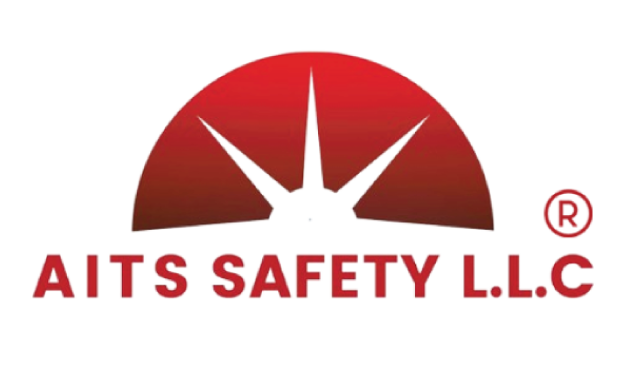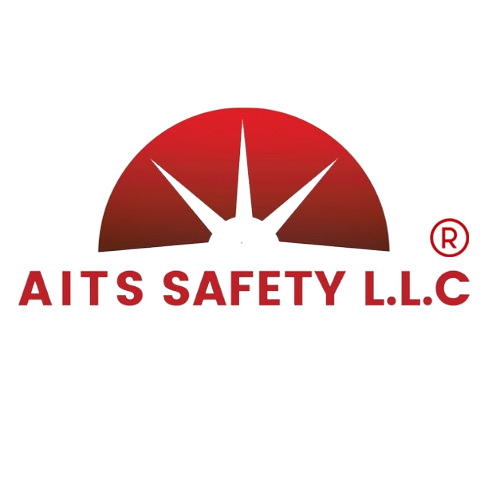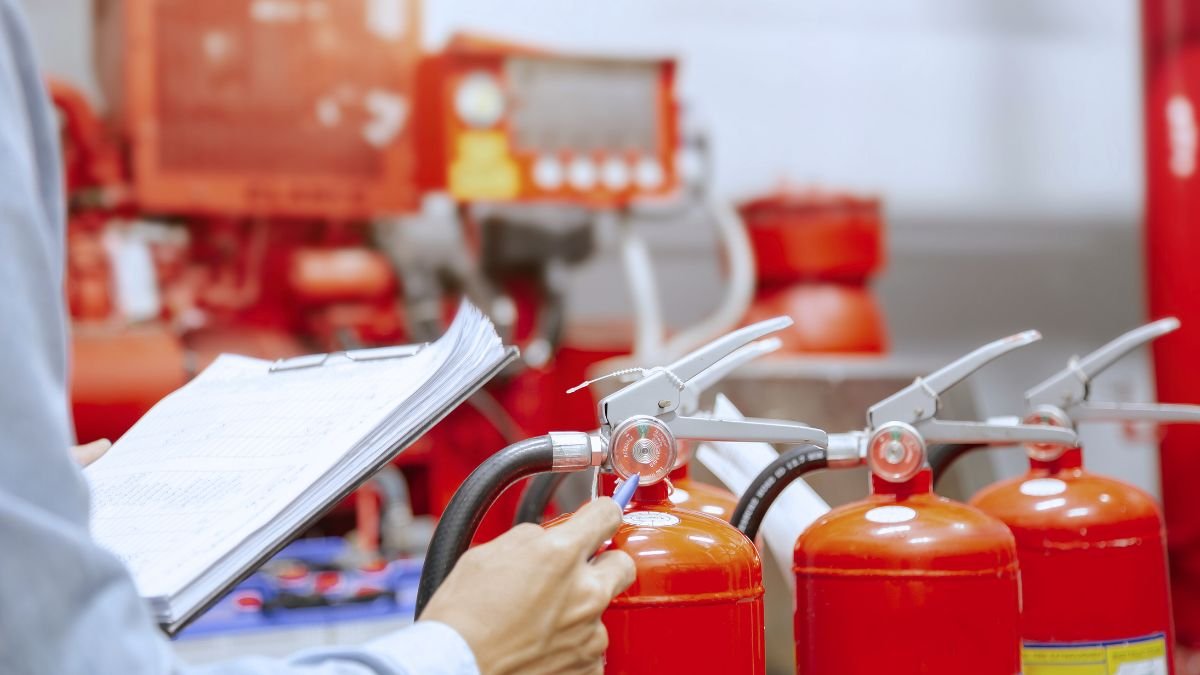Passive and Active Fire Protection - Understanding the Difference for Better Fire Safety
No one can afford to take a backseat as far as fire safety is concerned. Be it in a residential complex, office building, warehouse, or shopping center, readiness of a property for emergencies is all. In Dubai, where construction standards are high and regulations are stringent, having fire protection systems is both a legal obligation and a vital necessity.
A question many people often ask is: how does passive fire protection differ from active fire protection? Knowing both, and why it is that they are best utilized as a team, is key to protecting lives and property.
What is Passive Fire Protection?
Passive Fire Protection (PFP) is the foundation of fire safety. Imagine it as the unseen layer of protection integrated into the building itself. It has no need to be turned on, nor does it require electricity or human intervention. It is there all the time, ready to perform its task at a moment’s notice when the fire is ignited.
Passive fire protection addresses three primary goals:
- Containment – slowing down or stopping the spread of fire and smoke.
- Structural safety – ensuring the building does not collapse due to extreme heat.
- Life safety – providing people with additional time to safely exit.
Examples of passive fire protection include:
- Fire-resistant walls, partitions, floors, and ceilings that separate different sections of a building.
- Fire doors built to shut automatically, preventing flames and smoke from moving into other areas.
- Fire-resistant coatings and paint on steel girders.
- Firestopping products that seal up cable, duct, and pipe joints.
Because they are securely fixed in the building, no ongoing monitoring is needed. Once installed correctly, they can remain for years a silent safeguard against disaster.
What is Active Fire Protection?
Active Fire Protection (AFP) is designed for rapid detection and fast reaction when a fire breaks out. As passive systems silently starve a smoldering fire of oxygen, active systems locate it, alert people to it, and fight it.
Active systems include:
- Fire alarms and detectors – immediately warn occupants as soon as smoke or fire is sensed.
- Sprinklers – releasing water automatically to extinguish fire.
- Firefighting hoses and extinguishers – for immediate action in case of firefighting.
- Smoke vent and extraction systems – removing deadly smoke from exits.
- Emergency lighting – directing people to exits in the event of an evacuation.
The effective operation of AFP depends on regular servicing and inspection. A silent fire alarm for months, or a sprinkler system with low pressure, can malfunction at the worst possible time. That is why it is the responsibility of professional experts to install and maintain them professionally.
Why Are Both Systems Necessary?
Some owners believe sprinklers or alarms are enough. Others believe fire-resistant walls will prevent all hazards. The truth is fire safety works best when passive and active systems are used in combination.
- Passive fire protection holds up the danger by trapping the fire within.
- Active fire protection reacts quickly to prevent or put out.
For example, suppose there has been a fire in the office building kitchen. The passive fire doors will stop the flames from spreading to corridors, while the sprinkler system will put out the fire. At the same time, the alarm will notify all individuals to evacuate. Without both systems supporting one another, destruction would be of unimaginable proportion, and lives will be at risk.
This mesh of active and passive protection is what makes the facilities safer, keeps legality in check for the region, and gives the public the confidence that they are safe.
Fire Safety in Dubai: Why DCD Approval Matters
In Dubai, the Dubai Civil Defence (DCD) regulates fire protection. It is not possible for every contractor to provide fire protection services. An agency has to be licensed by the DCD to design, install, and maintain the systems as per official guidelines.
Choosing a DCD approved fire fighting company ensures:
- The systems are designed to meet the highest safety standards.
- Installations are checked and certified by local authorities.
- Monthly inspections keep equipment dependable and efficient.
- The building remains compliant with Dubai’s strict legal framework.
For maximum assurance, working with a company that has DCD A grade certification is highly recommended. This certification is awarded to companies with proven expertise, technical capabilities, and a record of delivering top-quality fire safety solutions.
Final Thoughts
Fire protection is not an active systems or passive systems issue—it’s a question of how to integrate them. Passive fire protection is the internal fire containment of the building and active fire protection is the reactive element which sees it and annihilates it. One provides time, the other provides action, and together they offer an ultimate fire protection safety net.
If you need good fire fighting companies in Dubai, always ensure they are DCD approved and preferably DCD A grade certified. It guarantees adherence to regulations, high standards of service, and most importantly, protection. Finally, fire safety is not a matter of box ticking—it’s a matter of saving lives, property, and sanity.
At AITS, we take pride to be an affordable fire and safety company in Dubai with A grade certification by DCD. From the design and installation of the systems to the maintenance process, we aim to provide end-to-end solutions that offer safety and compliance for structures. With experience spanning years and approval by Dubai Civil Defence, we assure you that your safety will always be under professional hands.





